Secondhand clothes are found everywhere all over the world. In first world countries, second hand clothes are collected from users that donate willingly to different organisations that are contracted by the state to do just this. In Switzerland where I live, a company name Texaid will have their bins in different locations. Here, people take clothing that they don’t need as donation. This clothing is then collected into halls and separated into those that are beddings, shoes, bags, jackets Etc. After this categorisation, the clothes are then grouped according to quality. Then they are collected by different thrift shops and secondhand shops also known as (Brokenhaus) and then sold.
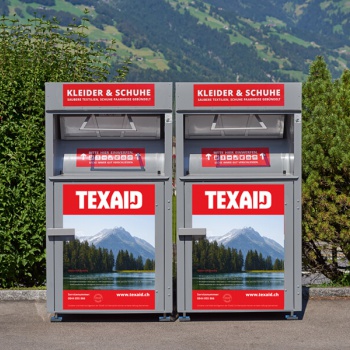
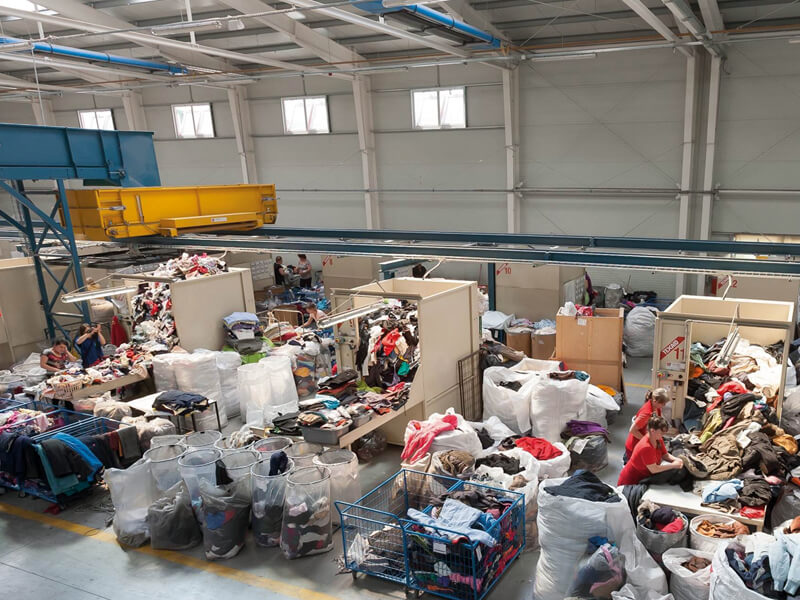
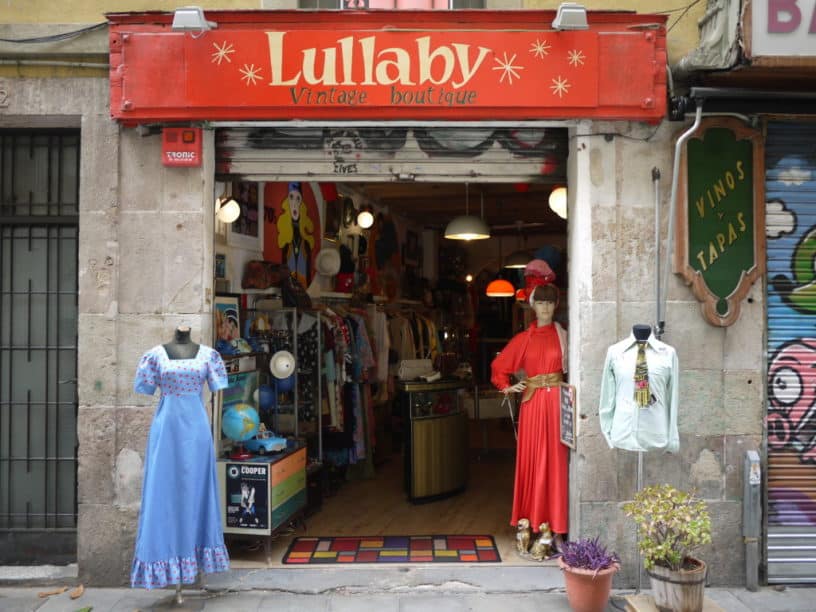
In the developing countries for example Uganda where I am from, secondhand is very popular among the people, which means almost everyone wears or has worn secondhand at some point in their life. The clothing is sent from all the world like China, Australia, USA etc. These clothes reach the markets in bales that are auctioned to the market vendors. These auctions are many times a huge gamble as the market vendor might not be able to sell the items due to quality. This is because they only open the bale after buying. Retail shop owners will then go to the market vendors and buy stock one by one, picking out the best, and those in good condition for their retails uptown customers.

Many cultures have attached superstition to secondhand clothing saying that it is bad luck to wear clothing that has been worn by another. This such culture is embedded in Asia people especially Chinese. Having lived in China for a while, their culture is very materialistic and superficiality is at the forefront. This means that wearing secondhand is already deemed as lower class norms. On top of that, the middle and lower (social-economic) class will also uphold the belief that secondhand clothes bear bad luck. This means that the rest of the clothing is sent to third world markets.
Support my ecofrienly Shop https://theturah.wordpress.com/shop/
During the Covid 19 outbreak that was imminent in China, there were a plethora of clothing materials that were sent to Africa. These included bedsheets from hospitals of patients that died from covid, clothing from dead people, and so on. In my understanding, if you have deemed it trash, why not discard it and burn it in your country rather than hoodwink people into believing that a nice gesture is being made by sending sickness laden clothing to poor Africans as they refer to us.

It is understandable and quite obvious that dead people and their possessions carry a frequency and a resonance that is unique to their existence. There is also a vibration that sickness leaves behind that is definitely negative that can be carried on to what the patient was wearing.
Additionally, fast fashion companies use unethical means of production, the people making the clothes are mostly sad and frustrated, through long nights, poor pay and working conditions. These are the same clothes that are worn by people in fast world countries that are then sent to African countries. These clothes already hold a negative frequency during their making and also many of the fabrics used in the making are very low vibrational and not ecofriendly. Any clothing that brings sadness or that has sadness attached to it is low vibrational and should be looked at carefully.
The solution is for us consumers to be more present in understanding that WE ARE WHAT WE WEAR, just as we are what we eat, what we put in our bodies is equally as important as what we put on our bodies. That means we should always ask these questions.
- Who made my clothes?
- What are my clothes made of?
- where were my clothes made
- What brand made my clothes?
- What are the ethics of the brand that I am supporting?
- Who benefits from my purchase?
I believe once we are bale to answer these question, we are able to gauge whether or not a particular piece of clothes bears any negative frequencies and able to protect ourselves from these superstitions.
Support ecofriendly fashion and check out my shop with one of a kind upcycled unique pieces.
https://theturah.wordpress.com/shop/
Thank you and feel free to leave me your opinion on this topic, and check out other blogposts relating to fashion sustainability.
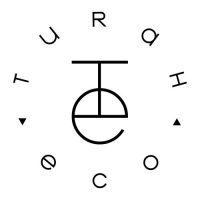
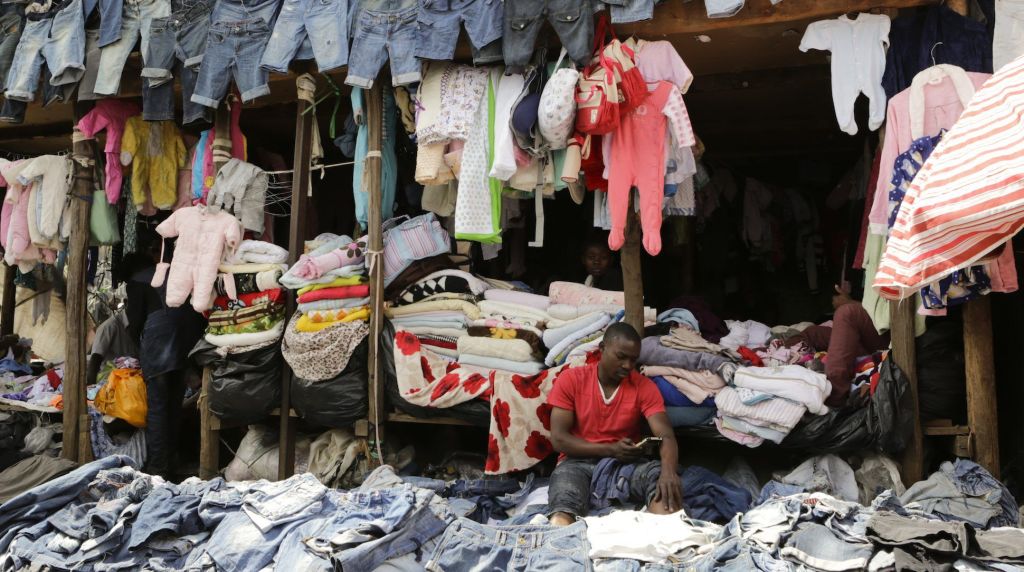
Leave a Reply